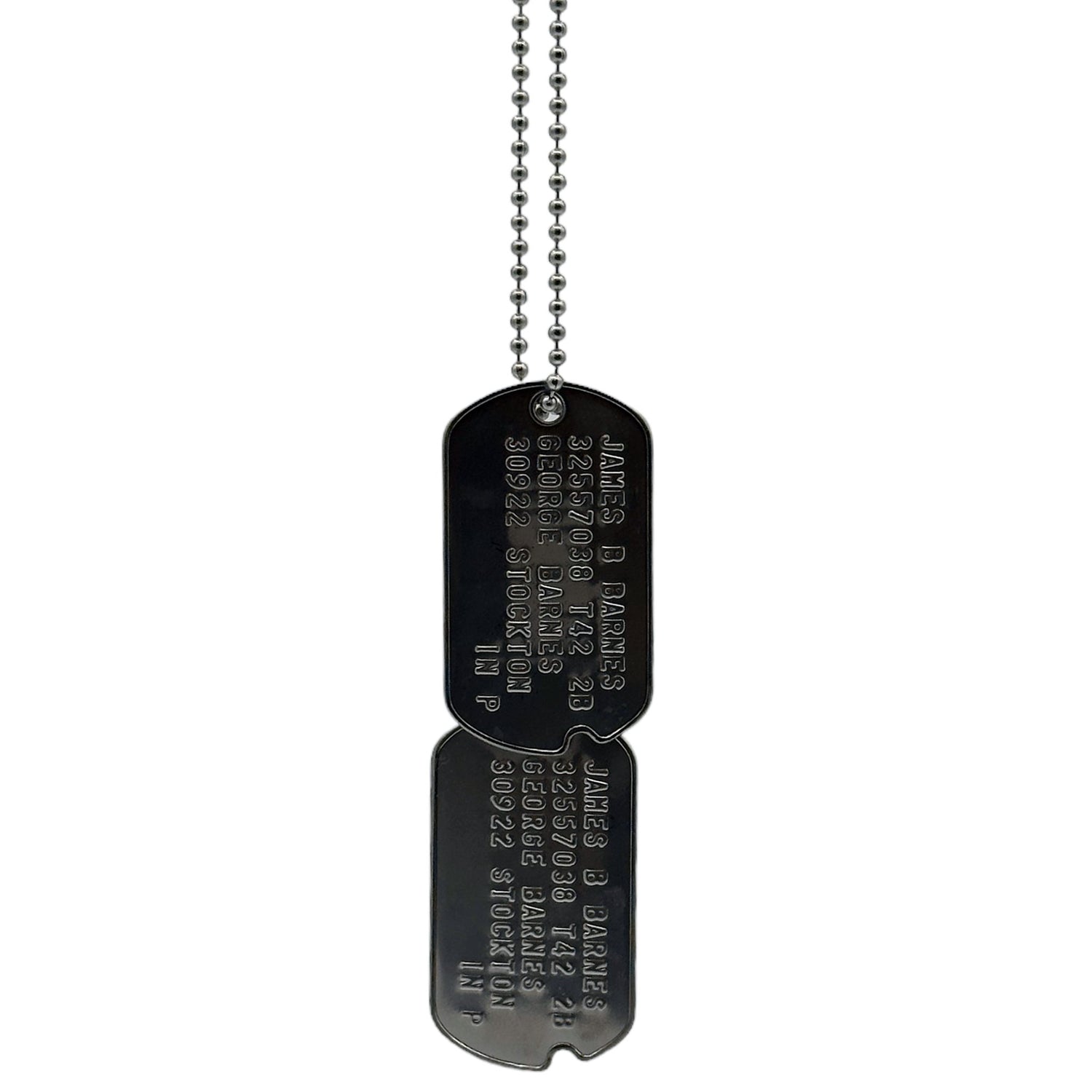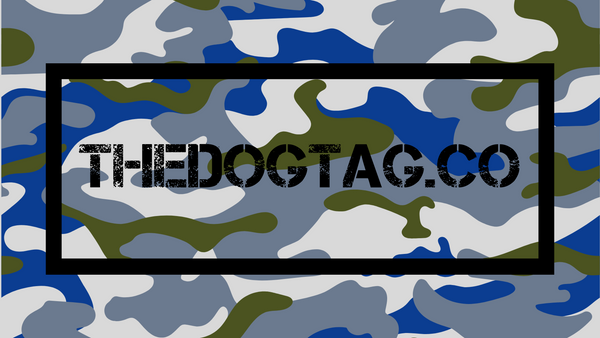Dog tags, the small metal identification tags worn by military personnel, are steeped in history and filled with intriguing facts that go beyond their simple appearance. These tags, emblematic of service and sacrifice, hold stories, innovations, and traditions that many outside the military community may not be aware of. This blog post delves into some of the most interesting and lesser-known aspects of military dog tags, offering a glimpse into their rich history and the unique role they play in the lives of soldiers.
The Name "Dog Tag"

The term "dog tag" is believed to have originated because the tags resemble the tags used to identify dogs. The comparison was likely made by soldiers, and the nickname stuck. Officially, they are known as "identification tags," but "dog tags" has become the colloquial term recognized around the world.

Not Just for Soldiers

While dog tags are synonymous with the military, their use has extended beyond the battlefield. They have been adapted for civilian use in various ways, such as medical ID tags for individuals with health conditions, personal identification for adventurers and athletes, and even as fashion statements.
A Tale of Two Tags

U.S. military personnel are issued two identical dog tags. The purpose of the second tag is poignant: if a soldier is killed, one tag stays with the body, while the other is collected to notify next of kin and process the soldier's death officially. This practice ensures that the identity of fallen soldiers is respected and preserved.
The "Silent" Dog Tags

During the Vietnam War, soldiers would often tape the tags together or place rubber silencers around them to prevent the metal from clinking. The noise could give away a soldier's position to the enemy. Today, silencers have become a common addition to dog tags for both practical and aesthetic reasons.
Dog Tags in Space

Astronauts, many of whom have military backgrounds, have taken their dog tags into space. These tags have orbited the Earth and traveled to the moon, symbolizing the connection between military service and space exploration.
The Evolution of Dog Tag Information

The information stamped on dog tags has evolved over time. During World War II, dog tags included the soldier's name, serial number, and religion. Today, they also include additional information such as blood type and medical conditions, crucial for emergency medical treatment.
Dog Tags as a Means of Personal Expression

While the information on official dog tags is standardized, many soldiers and veterans wear customized dog tags as a form of personal expression. These can include tags commemorating fallen comrades, tags with personal messages from loved ones, or tags representing specific missions or units.
Don't forget to check our personalised range by visiting this link.
A Symbol in Popular Culture

Dog tags have transcended their military origins to become a symbol in popular culture, representing toughness, resilience, and honor. They are frequently featured in movies, television shows, and literature, often as a powerful symbol of a character's military background or personal loss.
Frequently Asked Questions
1. Why do soldiers wear two dog tags instead of one?
Soldiers are issued two identical dog tags for identification purposes. In the event of a soldier's death, one tag is collected to notify next of kin and process official records, while the other remains with the body. This ensures the soldier's identity is preserved and respected, even in death.
2. Can civilians wear dog tags?
Yes, civilians can wear dog tags, and many do for various reasons. Dog tags have been adapted for civilian use as medical ID tags, personal identification for outdoor activities, and as fashion accessories. Customized dog tags are also popular among civilians for personal expression or to honor loved ones who have served.
3. What information is included on a modern military dog tag?
Modern military dog tags typically include the soldier's name, identification number, blood type, and religious preference. Some countries may include additional information, such as medical conditions, to aid in emergency medical treatment.
4. Are dog tags still used in the military today?
Yes, dog tags are still used in modern militaries around the world as a standard part of a soldier's uniform. They serve the primary purpose of identification, but also carry personal and emotional significance for many service members.
5. How have dog tags evolved over time?
The design and information included on dog tags have evolved significantly since their first introduction. Early dog tags were simple and might include minimal information, while modern tags are made from durable materials and include detailed personal and medical information. Additionally, the use of silencers and the practice of customizing dog tags for personal expression reflect the evolution of dog tags from purely functional items to personal mementos.
Conclusion
Military dog tags are more than just pieces of metal; they are carriers of history, identity, and personal stories. Each tag tells a story of service, sacrifice, and the unbreakable spirit of those who serve. These fascinating facts and trivia only scratch the surface of the deep significance and rich history of dog tags in military culture. As we uncover the layers of meaning behind these small but mighty identifiers, we gain a deeper appreciation for the individuals who wear them and the complex tapestry of military life they represent.


